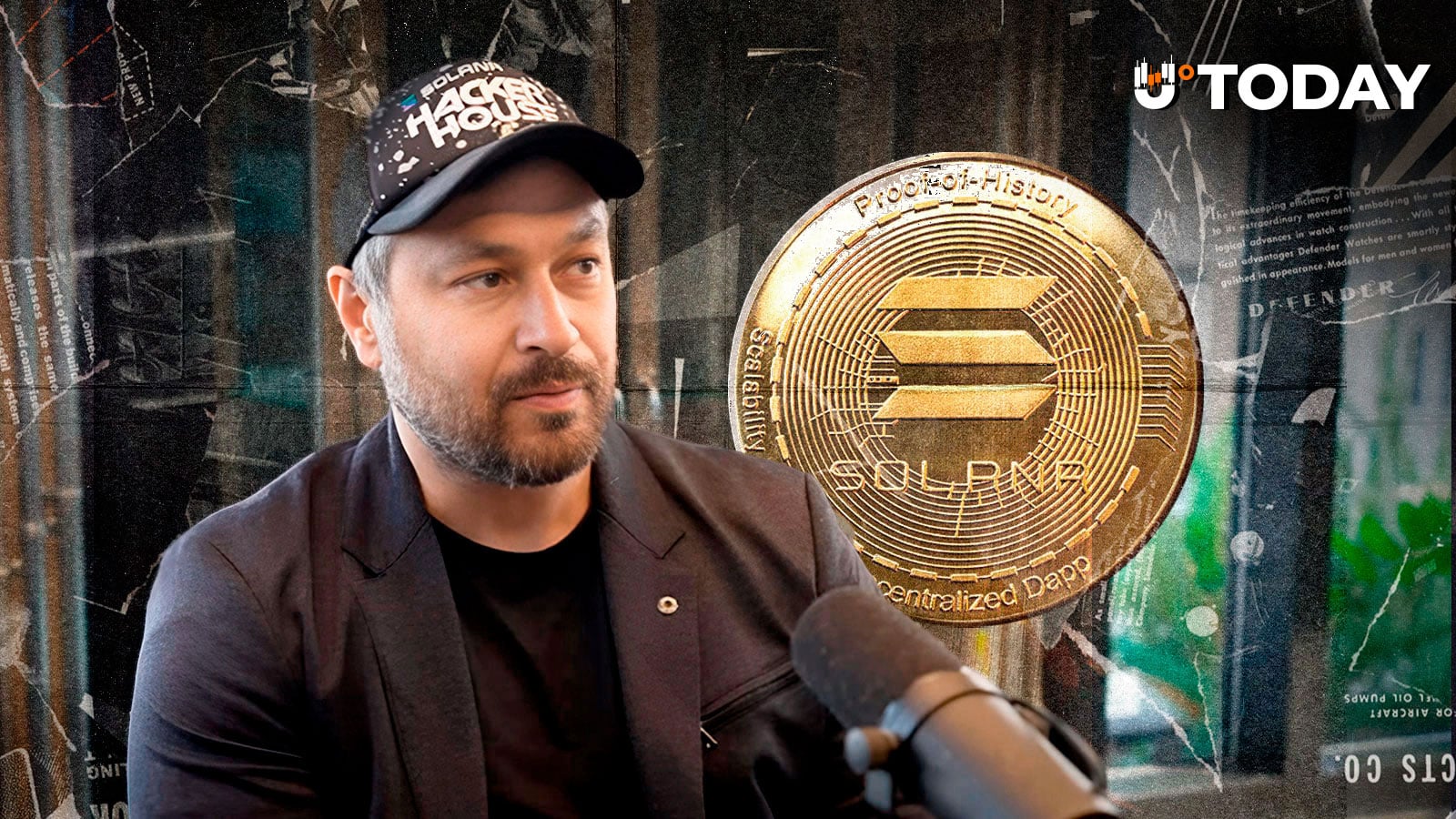Later this year several Filipino banks are planning to launch a multi bank peso stablecoin, PHPX, which will initially operate on the Hedera DLT network. The banks include the UnionBank of the Philippines, Rizal Commercial Banking, Cantilan Bank and the Rural Bank of Guinobatan. Singapore startup Just Finance is the initiator, but the banks will have a significant role in the governance. Given a key goal is cross border payments, the plans include more than just a stablecoin. There’s a need to exchange stablecoins in different currencies.
UnionBank, or more specifically its fintech spin off UBX, has been involved in blockchain for years including managing a quasi stablecoin network, albeit in a closed loop system. In 2018 it set up a token-based automated clearing house (ACH) to enable payments for rural and community banks that were not members of the national retail payment system (NRPS) to funnel them via UnionBank. That system uses a permissioned version of Ethereum and the more-or-less invisible backend token is PHX, not to be confused with PHPX the planned new stablecoin.
While the ACH has served its purpose, it’s time to take the next step. “We need to create something that is publicly exchangeable, so that we can support use cases outside of our own closed loop ecosystem,” said John Januszczak, UBX CEO, during an interview with Ledger Insights. He also wants to support stablecoins beyond that created by UBX.
Hence, when David Inderias and Mikko Perez from Just Finance approached UBX with the concept for PHPX, Mr Januszczak was open to it.
While it’s not the only use case, cross border payments are top of the list, particularly for remittances.
Filipino stablecoin remittances
Inbound remittances from people working abroad are a critical source of funds in the Philippines. According to the World Bank, the country is the fourth largest recipient of remittances which totaled $40 billion in 2024, representing around 10% of the country’s GDP.
Some of the stablecoin goals are basic. “The speed of payments has not kept up with the speed of commerce,” said Mr Januszczak. “As the operator of a payments network, it’s not about the technology, it’s about that fundamental problem.”
He noted that the people doing the work abroad have limited control over how their hard earned cash is spent. They often send the money to someone in the Philippines who looks after the bills.
“We want Filipinos that are earning money in the US (or elsewhere) to be able to pay their kids’ school tuition directly from the United States (and) for that payment to be affected in real time,” said Mr Januszczak.
“We want to open up the opportunity for people to contribute to insurance policies and wealth products from overseas. So not just vanilla, pedestrian remittances, but remittances that give back that control.”
For the banks involved, the stablecoins will often be abstracted in the backend, so the customer simply chooses to send $500 rather than being aware of the stablecoin details. The $500 is exchanged for PHPX or another stablecoin in the background. From there it can be deposited into a bank account, a G Cash wallet or for cash pickup at an over the counter location. Hence, banks will provide seamless on and off-ramping.
Ultimately, consumers could have direct access to PHPX, but that would be subject to regulator approval.
Stablecoins and FX
To enable cross border payments, part of the plan is to create a multi currency stablecoin exchange. Given cross border payments will involve swaps of foreign currency stablecoins in USD, SGD or JPY with PHPX, that requires liquidity providers who can earn a yield. It also will have to be regulatory compliant. At launch it’s likely the banks or those implementing use cases will take on that role. But in a decentralized environment, that could open up over time, involving qualified investors as liquidity providers in the Philippines.
A safe PHPX stablecoin design
Turning to the stablecoin, Mr Inderias from Just Finance emphasized quality and compliance.
With a multi issuer token, the big question is what happens if a bank goes bust? Most of the stablecoin reserves will be held in segregated bank trust accounts which will hold government bonds, with a small cash balance for short term settlement. The trust accounts are ring-fenced rather than part of the general liability of the bank. Hence, if a bank fails, the stablecoin is bankrupt remote (provided the money hasn’t disappeared because of fraud). Given that Just Finance doesn’t hold the cash, the stablecoin should also be safe if it ran into trouble.
As a bank stablecoin, another challenge is compliance with Basel Committee crypto-asset rules. If stablecoins are classed with other cryptocurrencies (Group 2) that could get expensive for banks to hold them. In the latest Basel iteration, to qualify as a Group 1b (low risk) stablecoin the DLT network has to be permissioned, which is the reason for choosing the Hedera DLT as the initial network.
Another requirement to satisfy the Bangko Sentral ng Pilipinas (BSP) is for any coins the system interacts with to comply with the EU’s MiCAR regulations or regional equivalents.
Meanwhile, a key advantage of stablecoins over bank payments, is they don’t require interbank settlement. In the Philippines, the main National Retail Payment System (NRPS) limits payments to around $1,000 to manage risks. That’s because while the banks credit recipients almost immediately, the interbank settlement is not real time.
By contrast, the existing closed looped clearing house operated by UBX has been using blockchain for years, minting and burning tokens which are backed by reserves. Hence, it has already seen the benefits of stablecoin-style payments, where clearing and settlement don’t involve separate steps.
Getting to launch
The central bank is going to have the last say about when the solution goes live, with the earliest launch date between May and July this year.
Mr Inderias emphasized that the goal of PHPX isn’t purely for remittances. He also envisages larger cross border payments for trade and the potential domestic use of the stablecoin at point of sale (POS). But before that can even be considered, the first step is getting bank applications live.
“If and when we go to retail, we’ll do that in a measured way under the purview of the regulator,” he said.
Details of more than 20 bank linked stablecoins are available in our report on stablecoins and tokenized deposits.





























